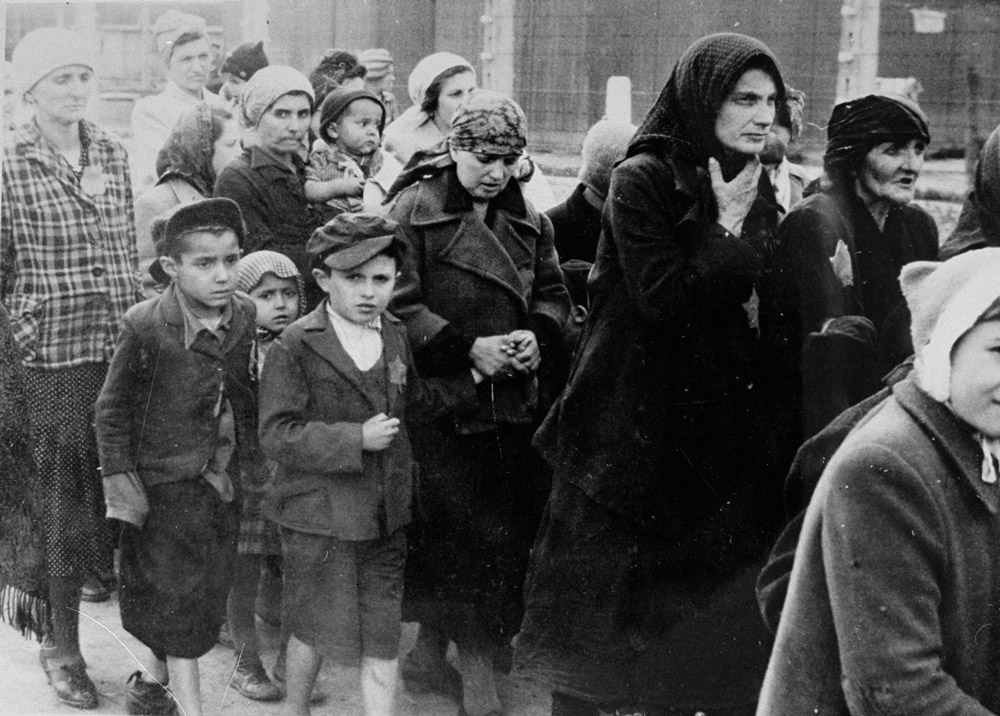< Podcasts and Audio
12 Years That Shook the World Podcast
12 Years That Shook the World explores stories of real people, the choices they made, and specific moments in Holocaust history from 1933–1945. Listen below or on Google Podcasts, Apple Podcasts, and Spotify.
Send us your feedback with this quick survey or via email to podcast@ushmm.org.
Season 3
-
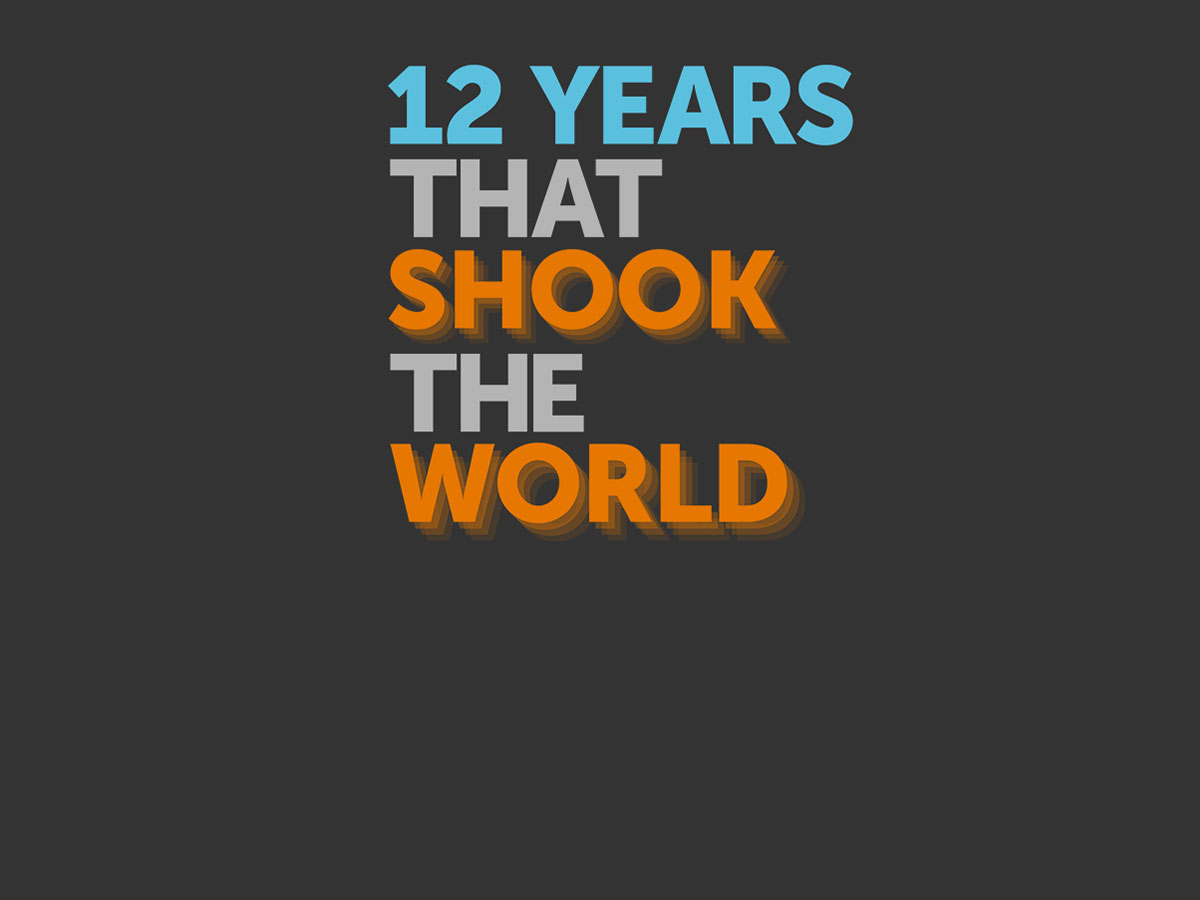
Season 3 Trailer
Explore the lives of real people, who make unexpected choices—that have major impacts. In this season of 12 Years That Shook the World, we bring you more stories from Holocaust history that may surprise you.
Run time: 2 mins. -
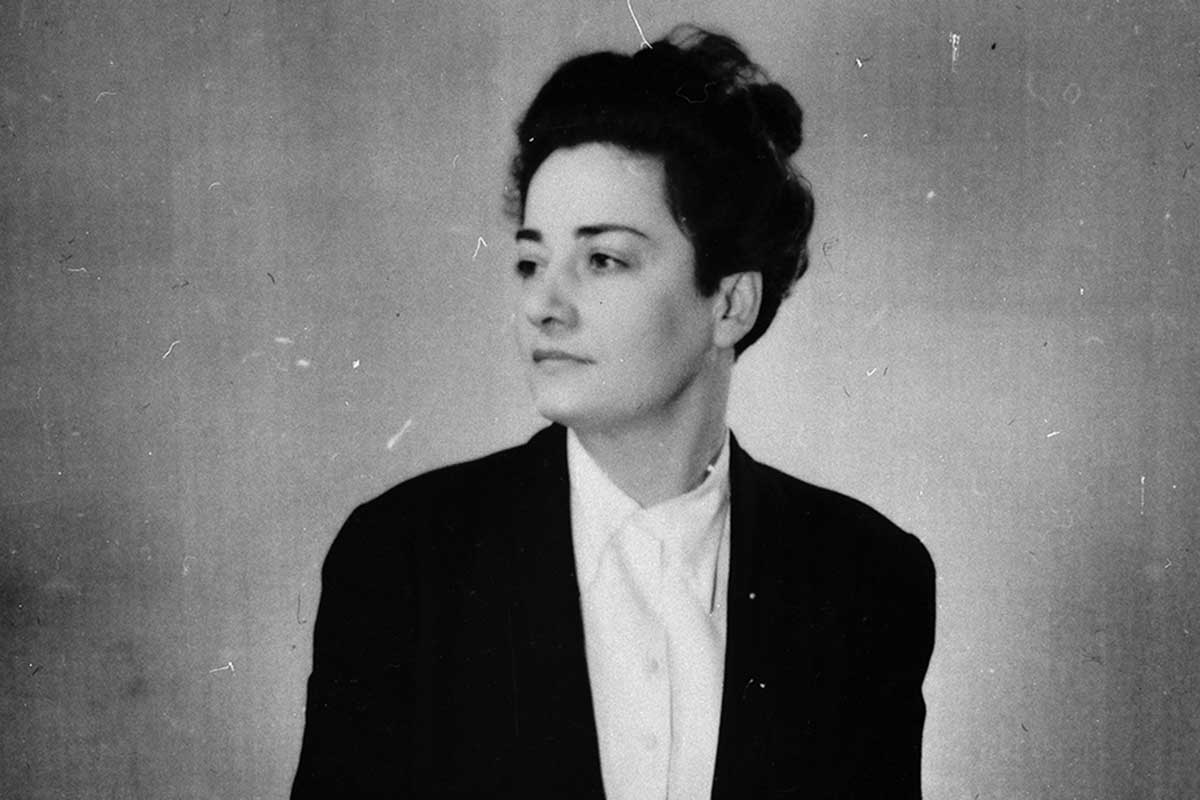
Looking Danger in the Eye
When Frieda Belinfante’s home country of the Netherlands is invaded by the Nazis in 1940, she leaves her flourishing music career to join the resistance movement. In defiance of the Nazi regime, Frieda, a lesbian, will risk her life to protect Jews, musicians, and other members of her community.
Run time: 27 mins. -
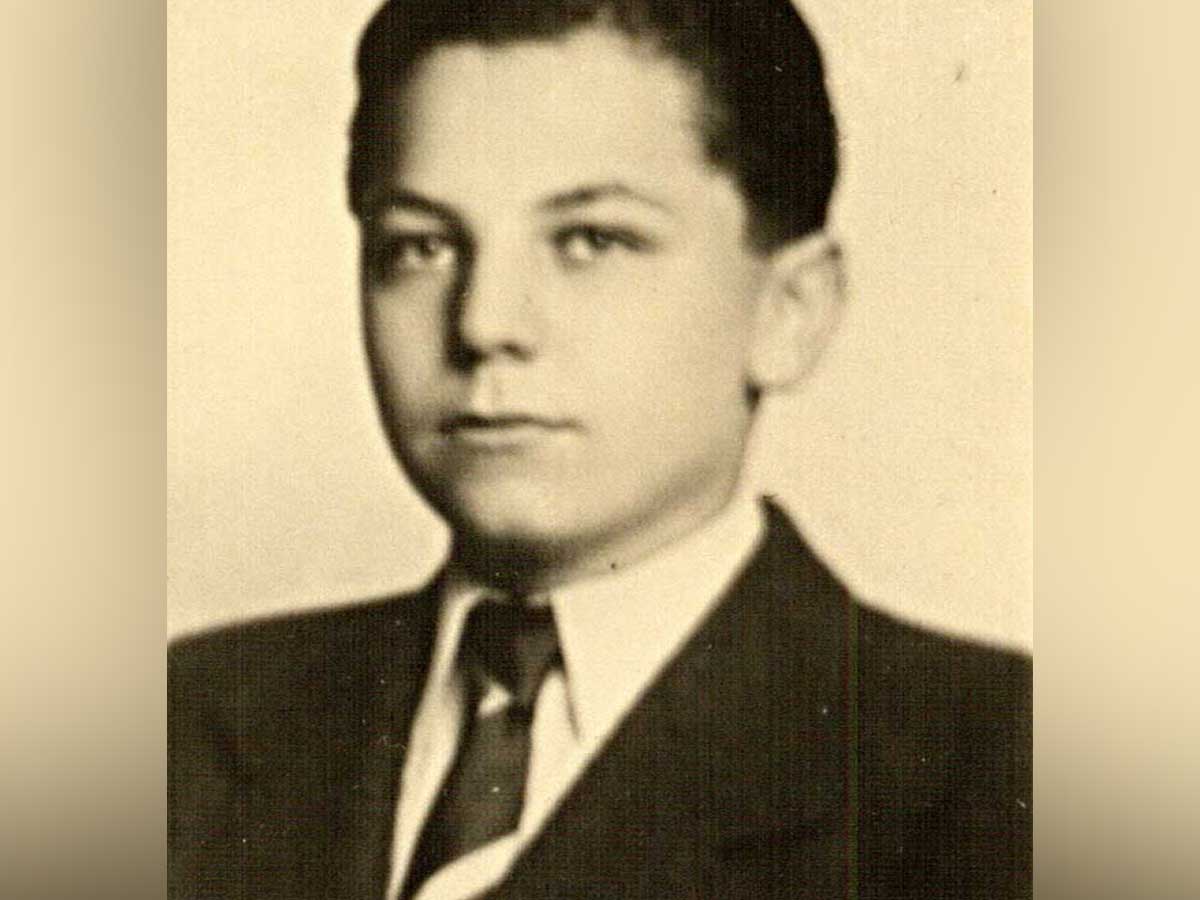
Young Guardian
In 1937, Erwin Haber, a Jewish boy from Austria, had just turned 13. But months later when the Nazis take over his country, Erwin will be forced to navigate the world without his parents—and help his little sister and grandmother survive the Nazi reign of terror.
Run time: 25 mins. -
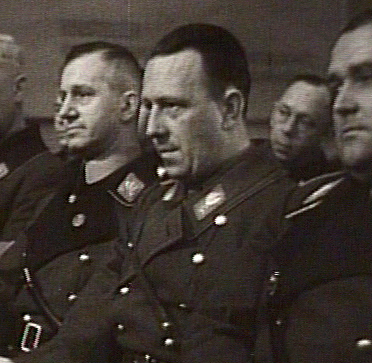
The Rioter
In 1931—before the Nazis come to power—radical antisemite, Wolf-Heinrich Graf von Helldorff (center), organizes a violent riot against Jews on a vibrant Berlin avenue. This catches the attention of high-ranking Nazis. What role will Helldorff play once the Nazis take control?
Run time: 20 mins. -
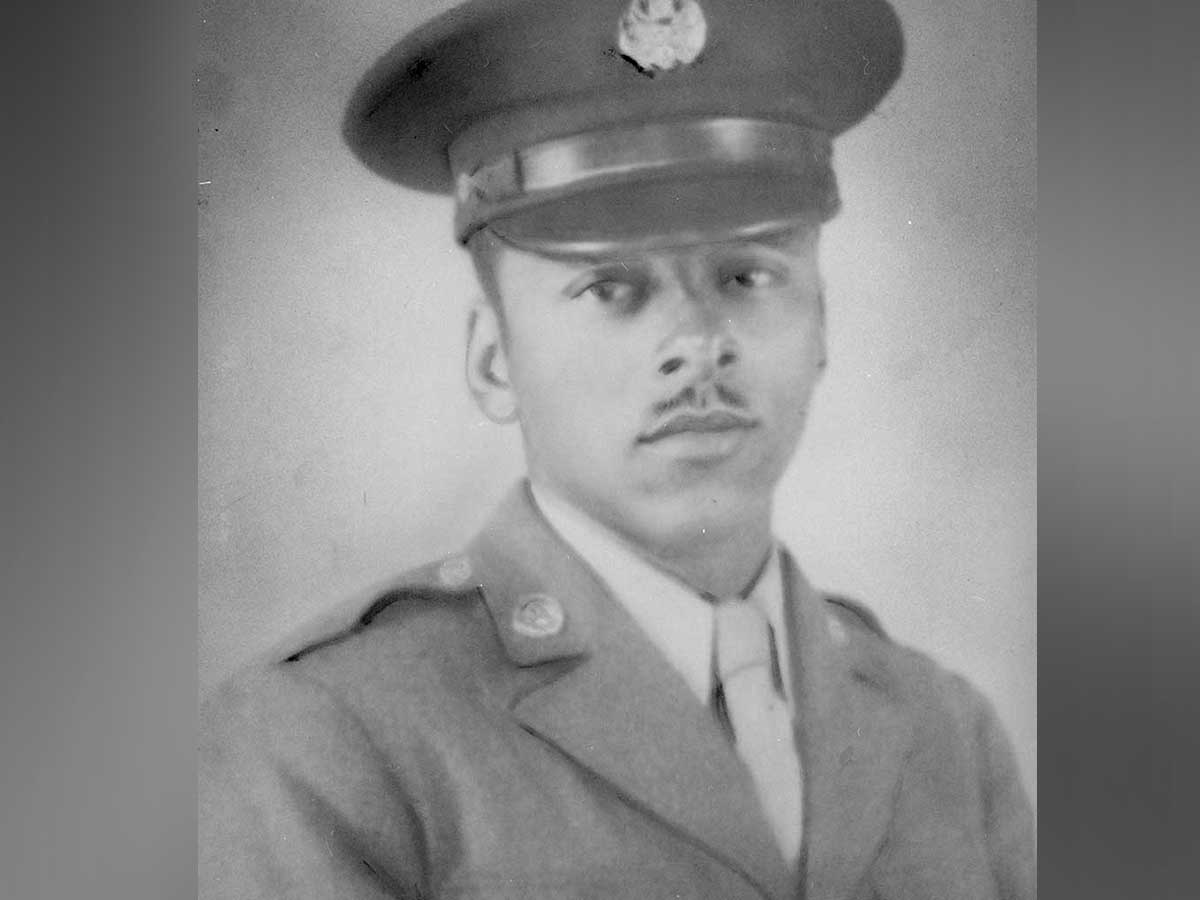
An American Soldier’s Two Fronts
In 1943, amid the American Jim Crow era, a young Black American named Leon Bass enlists in the Army to fight Nazi Fascism. But once Leon enters WWII and becomes a witness to the Holocaust, he discovers something that will forever change his perspective on his home in the US, and on the world.
Run time: 24 mins. -
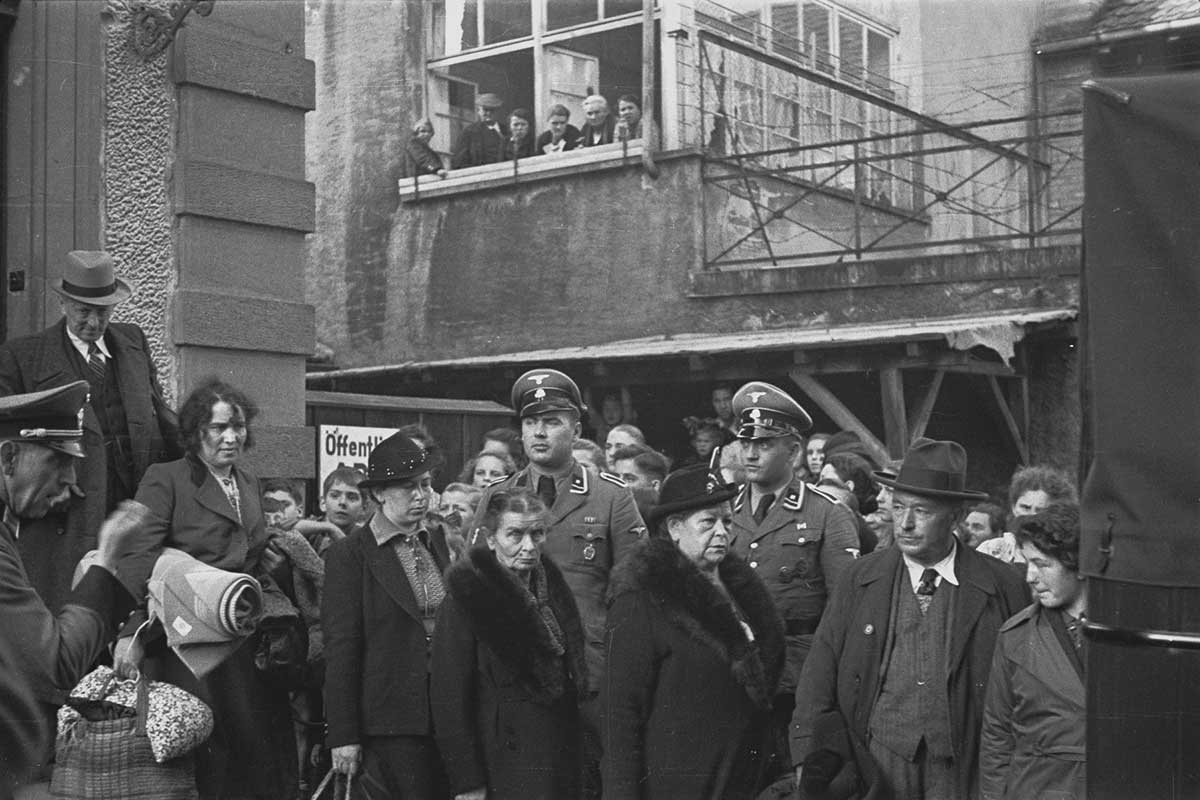
Watching from the Window
When the Nazis boycott Jewish-owned businesses in Lorrach, Germany, Bernard Loeb’s neighbors turn on him. When the Nazis attack Jews, his neighbors burn his synagogue. And when the Nazis deport Bernhard, his neighbors watch it happen. So who are these neighbors? And what role did they play in Nazi crimes?
Run time: 20 mins.
Season 2
-

Season 2 Trailer
12 Years That Shook the World explores stories of real people, the choices they made, and specific moments in Holocaust history from 1933–1945.
Run time: 1 min. -
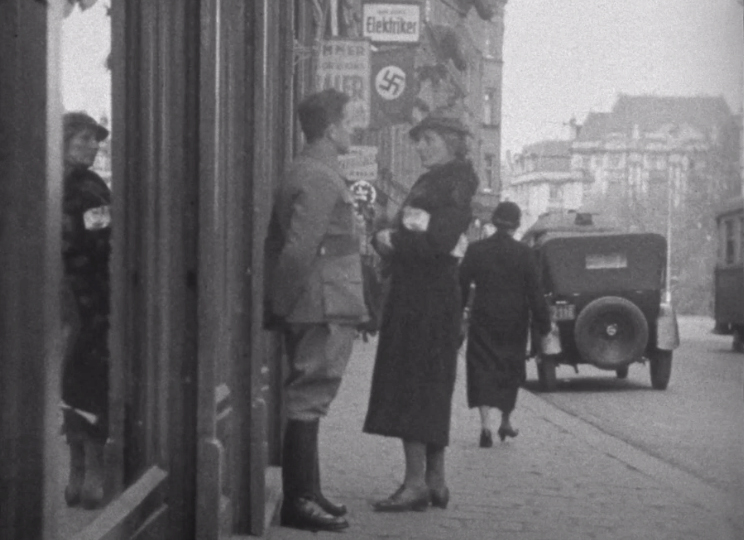
Accidental Witness
While visiting Vienna, Austria with her family in March 1938, American Helen Baker finds herself caught up in a pivotal moment. She watches as the Nazis move in and annex Austria. Then, she steps into the story, herself.
Run time: 22 mins. -
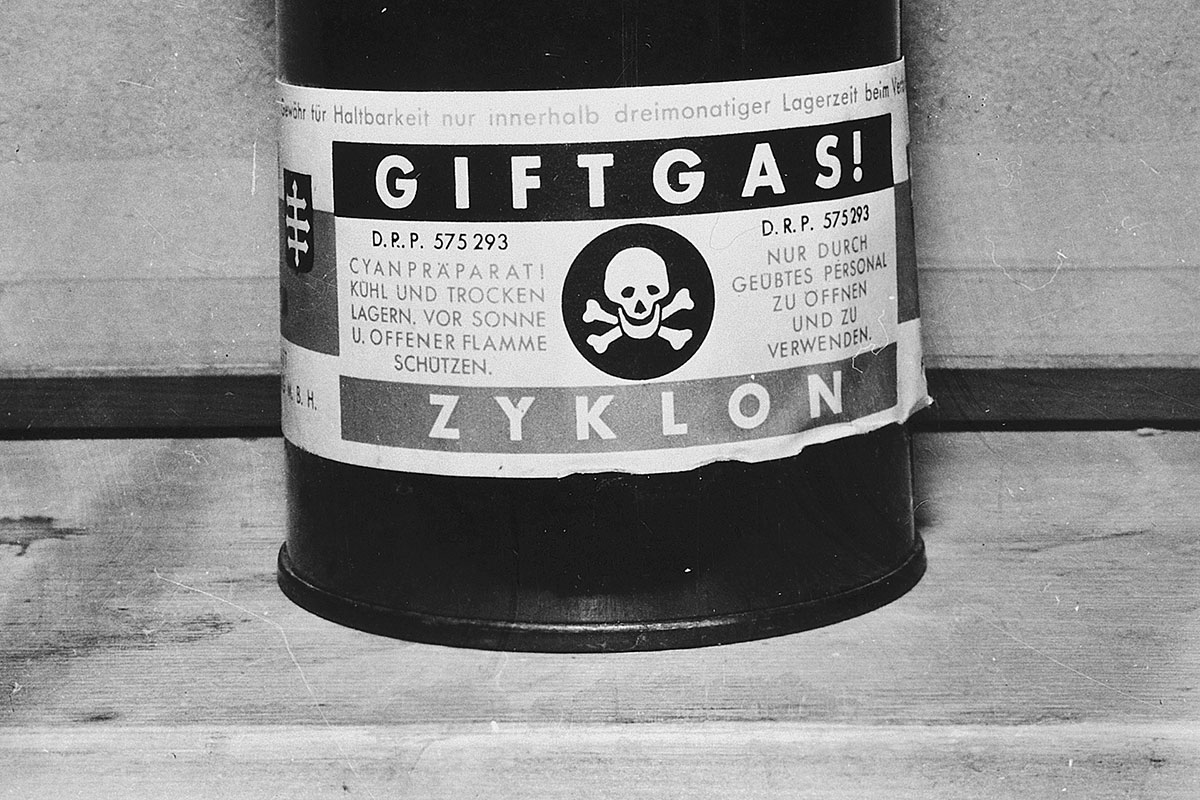
Resister in a Nazi Uniform
Kurt Gerstein, a Nazi SS officer, is asked to supply the chemical Zyklon B to the Auschwitz killing center in 1942. But once Gerstein sees that the chemical will be used to murder Jews in gas chambers—he makes an unexpected move.
Run time: 20 mins. -
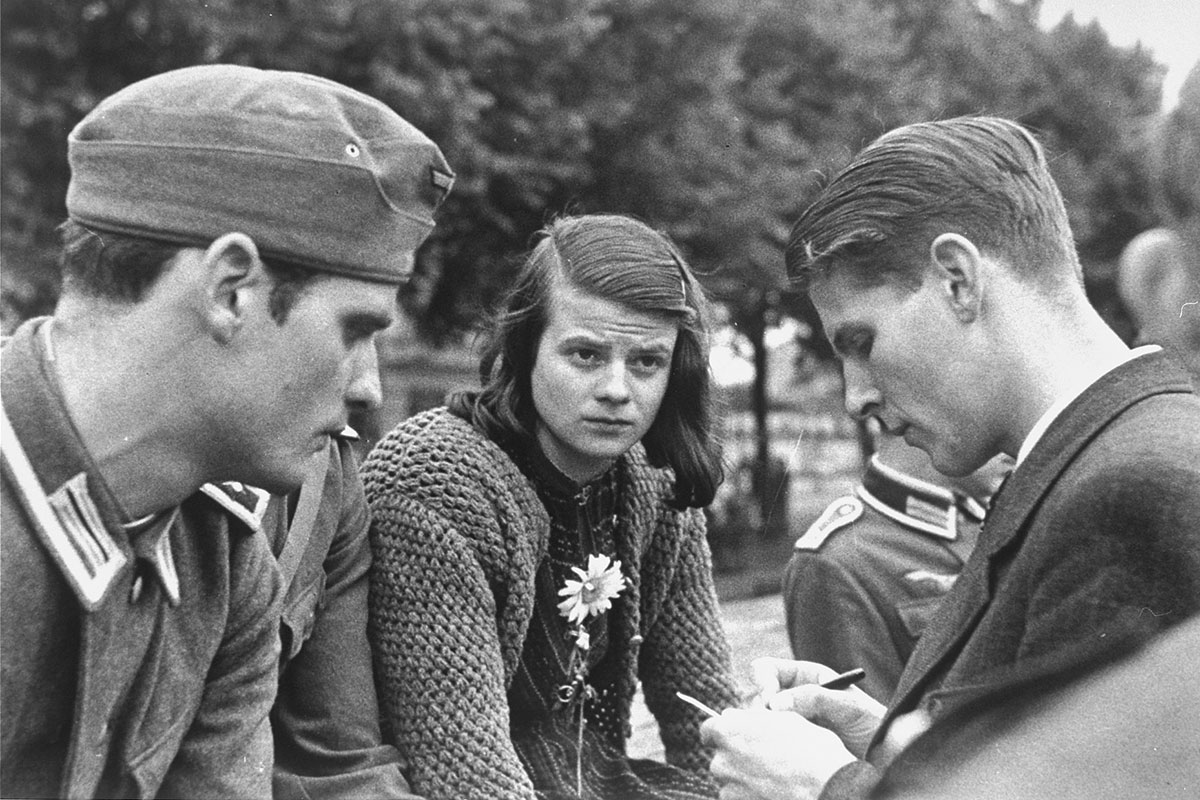
Bad Conscience
Hans Scholl, his sister Sophie, and his friends at the University of Munich secretly form a resistance group called “The White Rose.” They distribute messages condemning the Nazi regime and speak out on behalf of Jews. Until one morning in 1943, they’re caught.
Run time: 22 mins. -
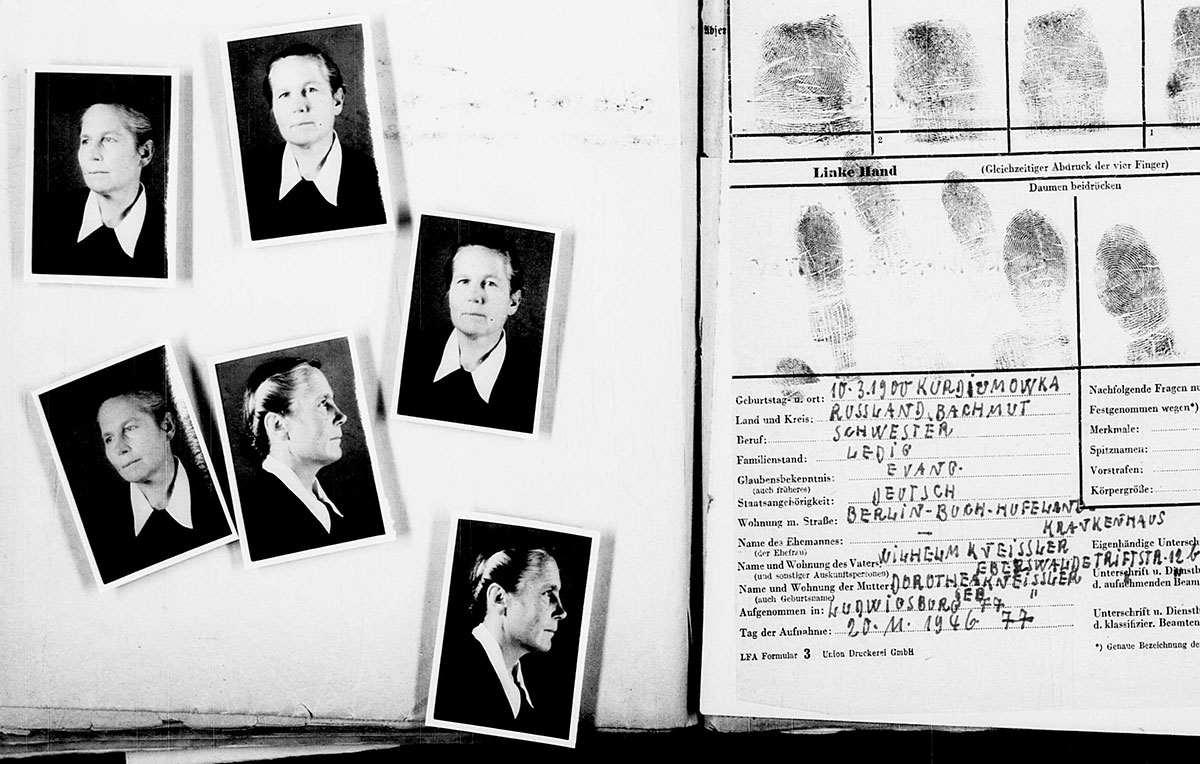
Convinced
All her life, Pauline Kneissler wanted to become a nurse. And in 1939, she is recruited by the Nazis to be a nurse in a secret killing operation. Will she be forced to murder? Or will she choose to become a killer?
Run time: 13 mins. -
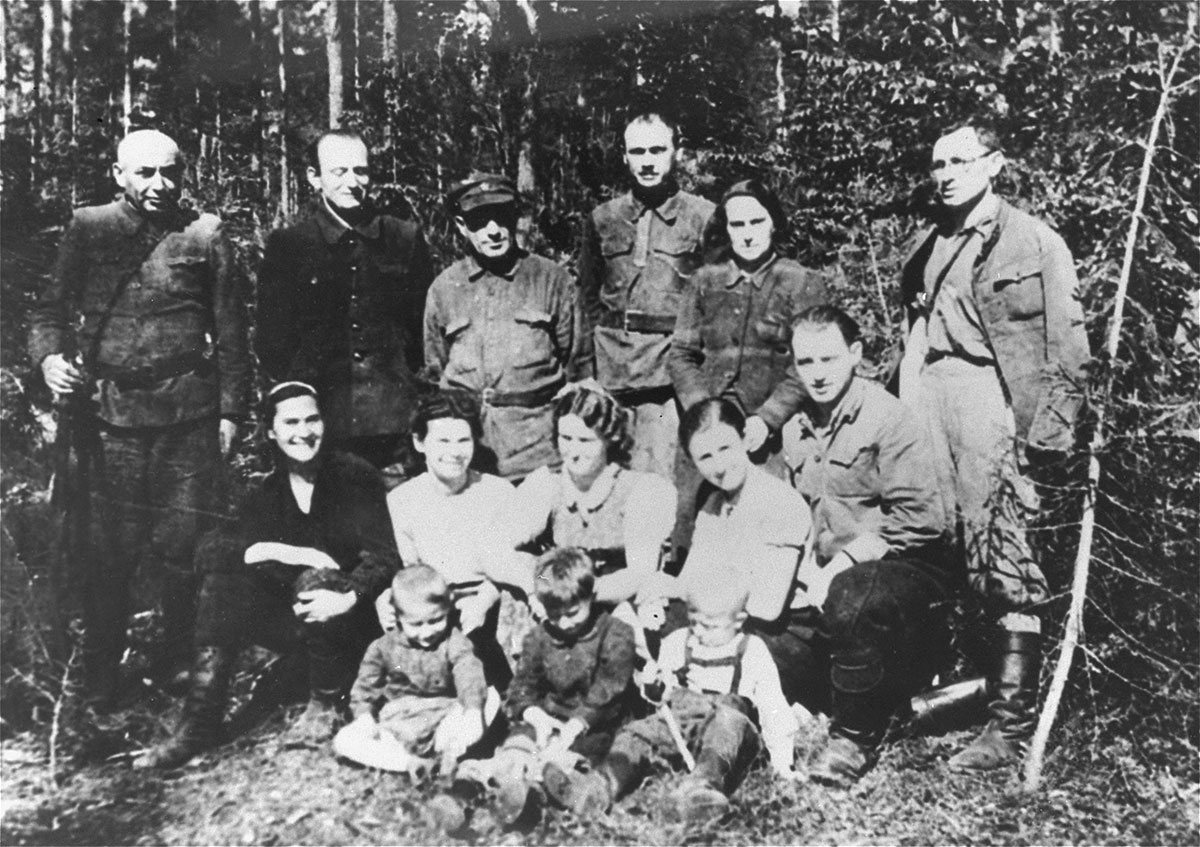
Combatants and Protectors
When the Germans invade the Soviet Union in 1941, three Jewish brothers prepare to fight back. Tuvia, Zus, and Asael Bielski hide in a dense forest and form a group of resistance fighters. While surviving in the forbidding wilderness, they also rescue Jews, and try to hold on to a sense community.
Run time: 26 mins.
Season 1
-

Welcome to 12 Years That Shook the World
Holocaust history reminds us that the unimaginable is possible, and that individuals have far more power than they realize. Welcome to 12 Years that Shook the World, a podcast from the United States Holocaust Memorial Museum.
Run time: 1 min. -
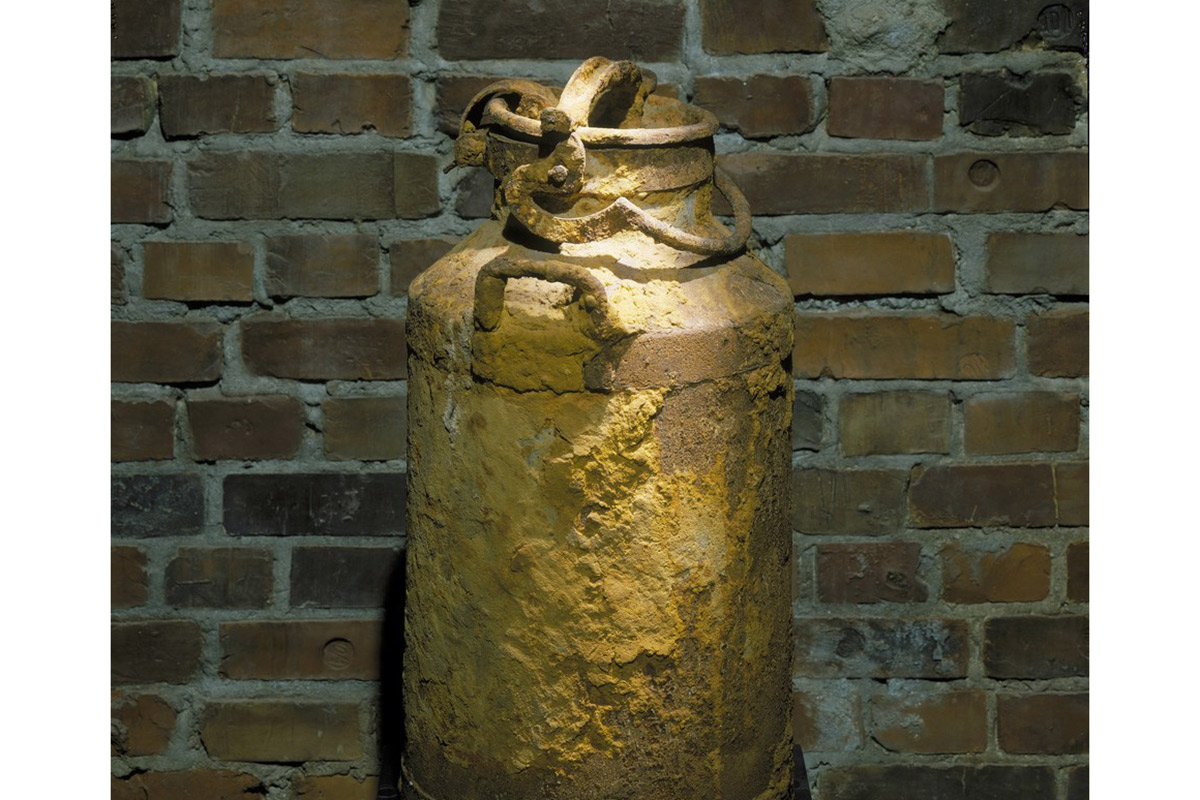
What a Secret Archive Taught the World
Most of what we know about the Holocaust comes from Nazi perpetrator documents. One striking exception is the Ringelblum Archive: a massive collection of artifacts and writings from Jews trapped in the Warsaw ghetto during the German occupation of Poland.
Run time: 17 mins. -

Genocide, 1948
“We are in the presence of a crime without a name,” Winston Churchill said in a 1941 speech. At the time of the Holocaust, there was no legal definition for an atrocity on such an enormous scale. And there wouldn’t be one for seven more years.
Run time: 13 mins. -
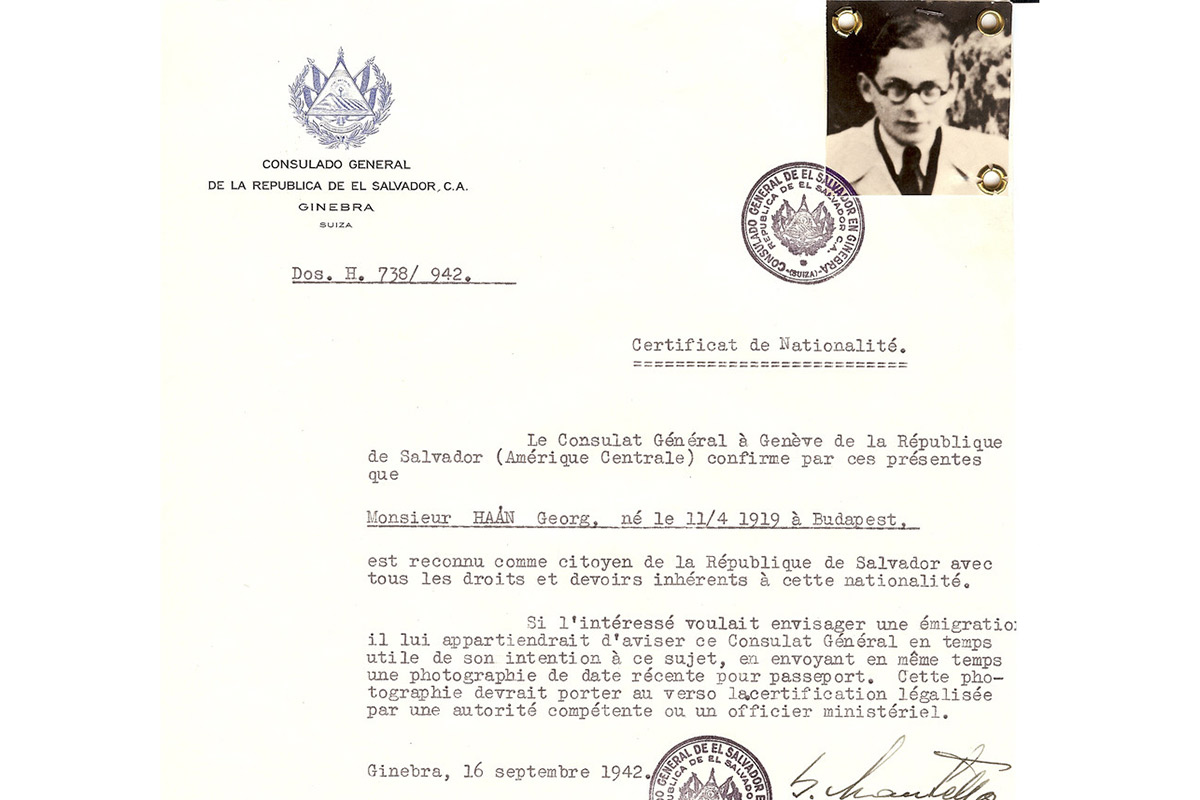
Thousands of False Identities
From an office in Geneva, Switzerland, two friends—a Jewish businessman and the Salvadoran colonel who rescued him—manufactured thousands of false citizenship documents that protected Jews in Nazi-controlled Europe.
Run time: 15 mins.


Contact Us
Thank you for listening. What did you think of the show? Take a quick survey, send your comments via email to podcast@ushmm.org, or talk to us on Twitter at @HolocaustMuseum.

